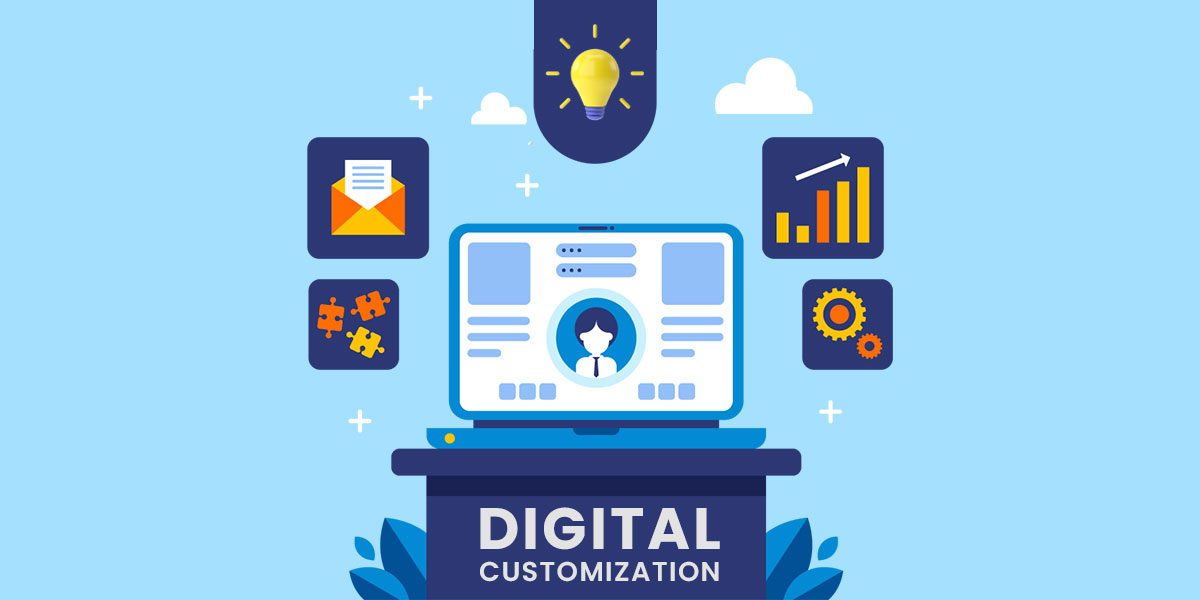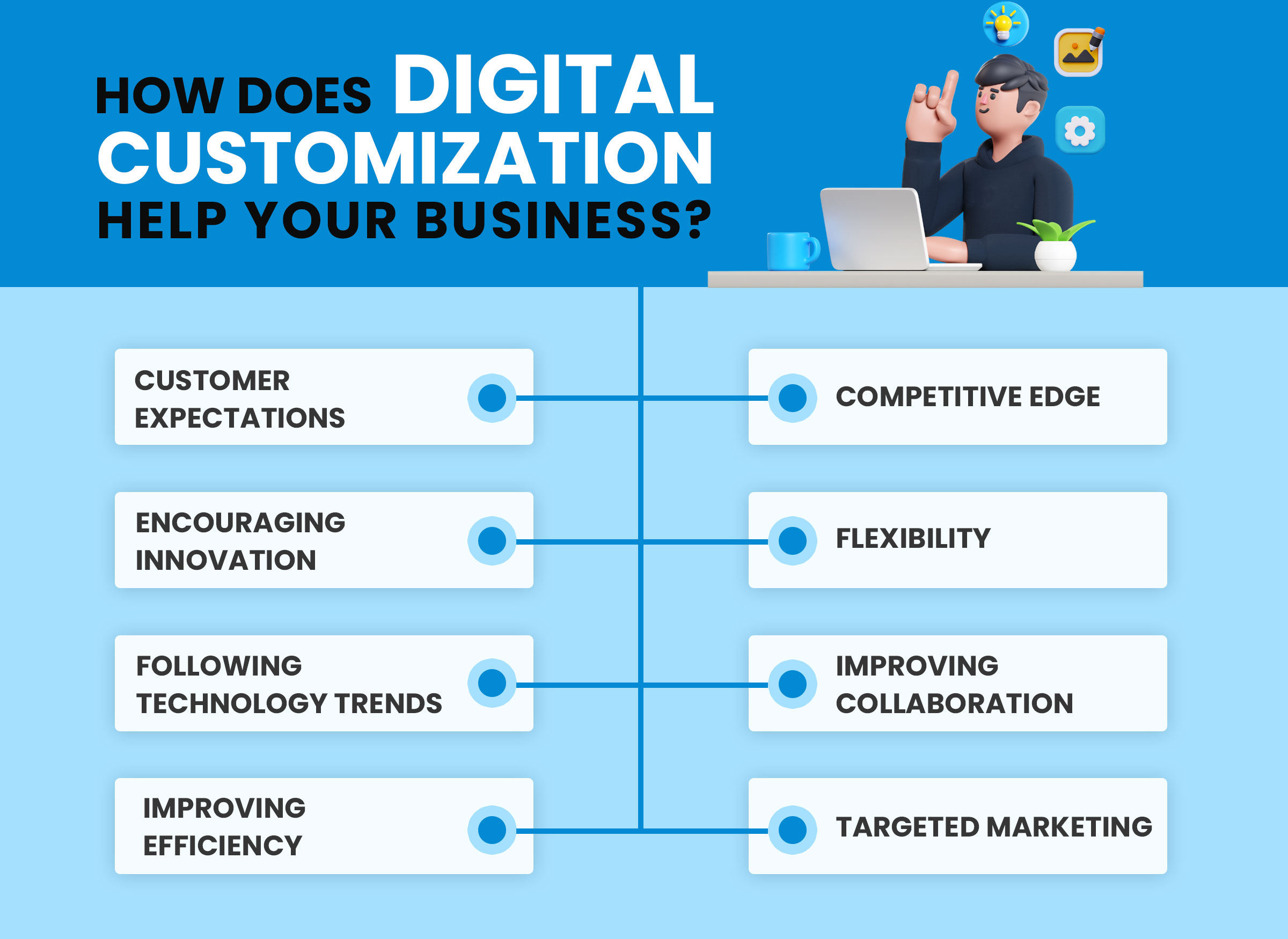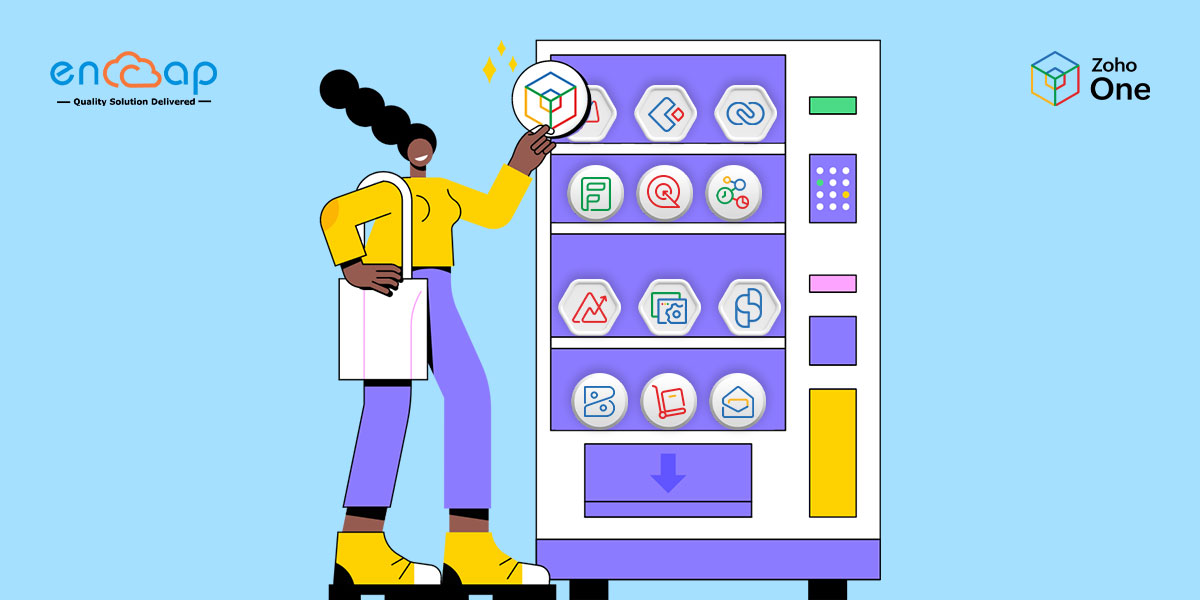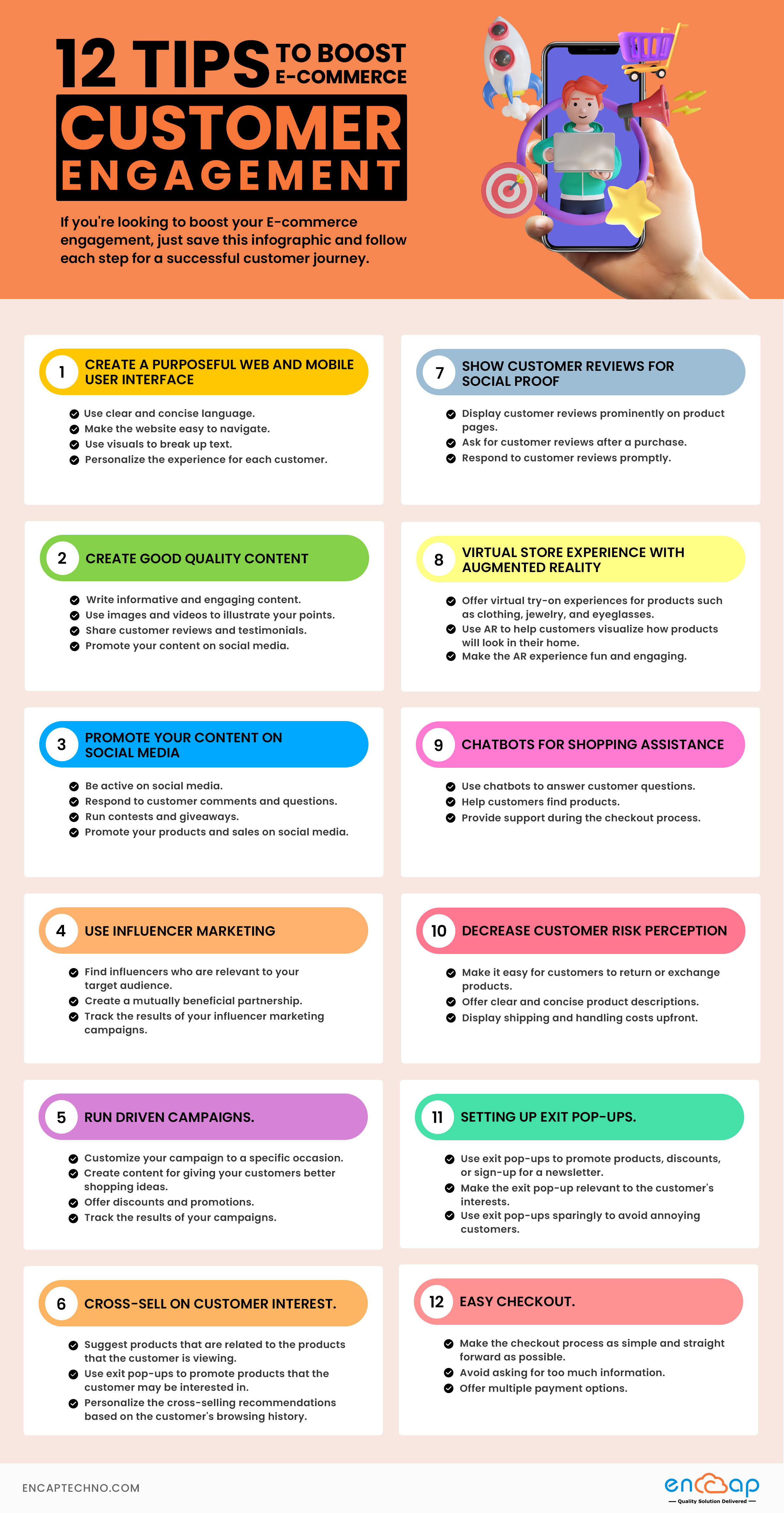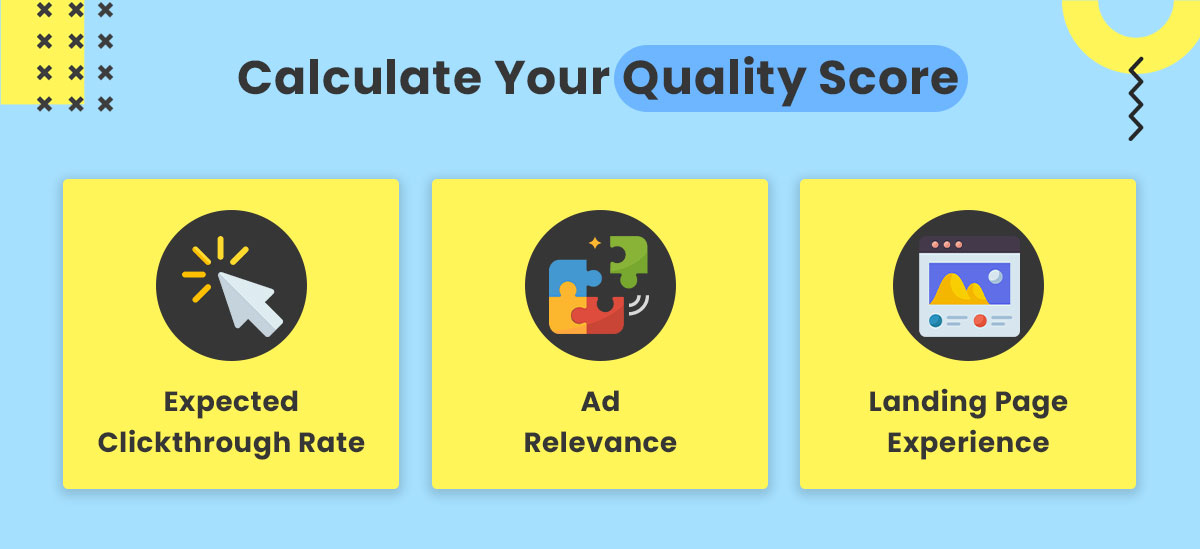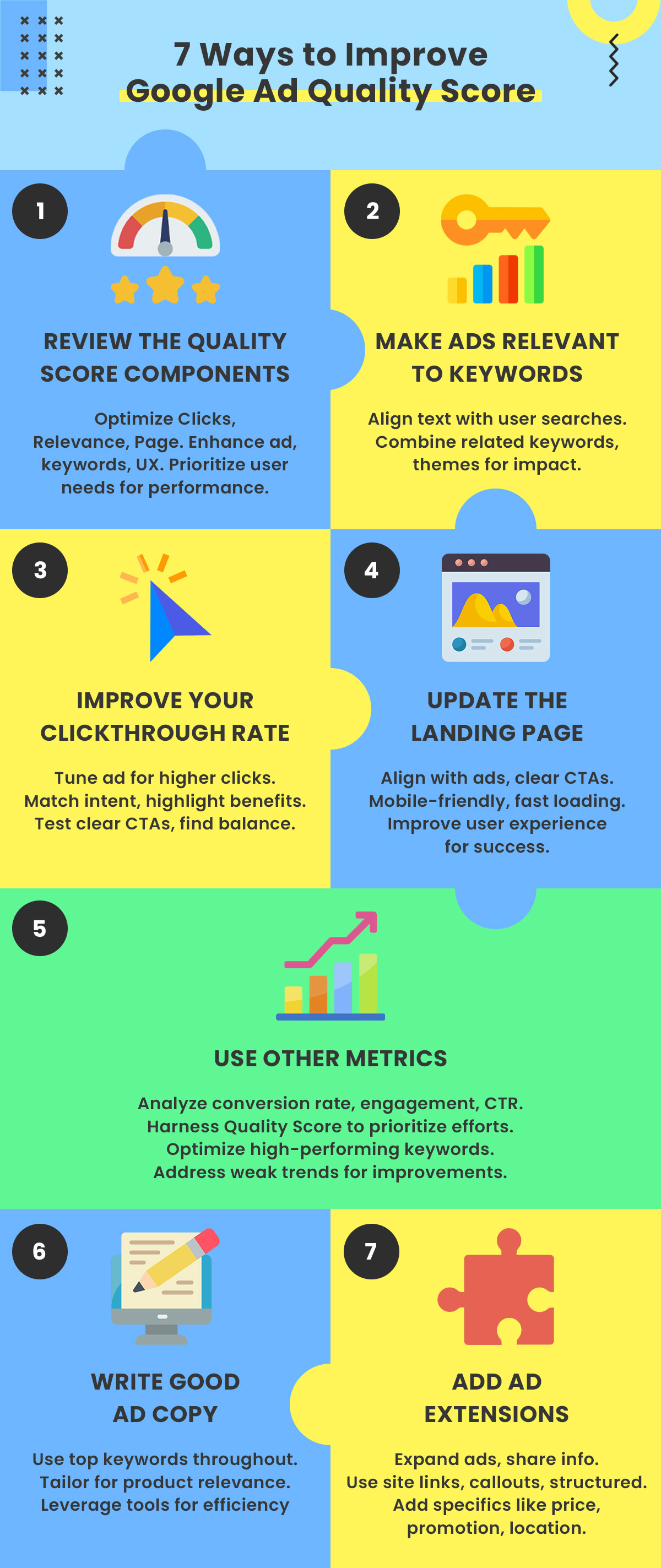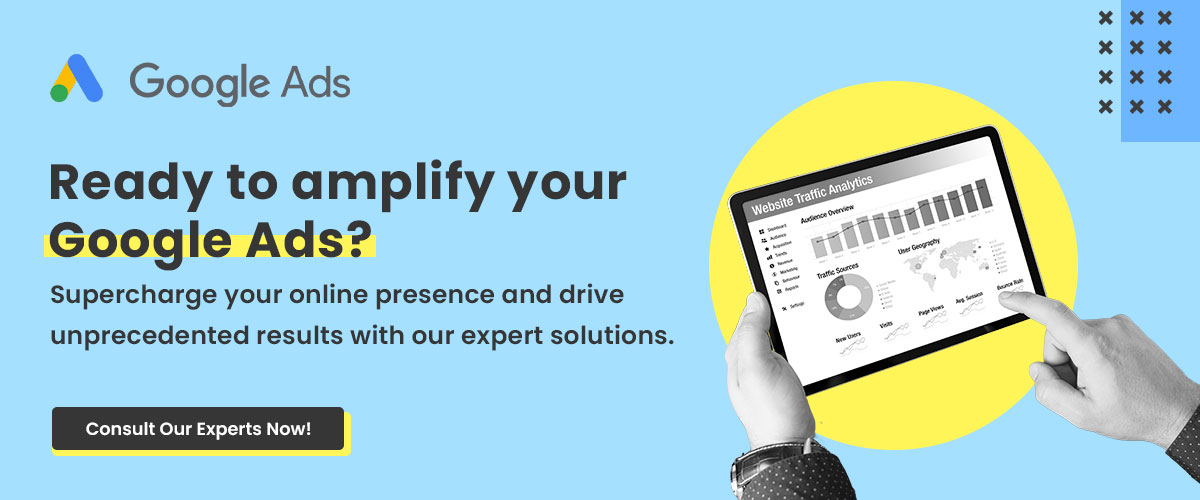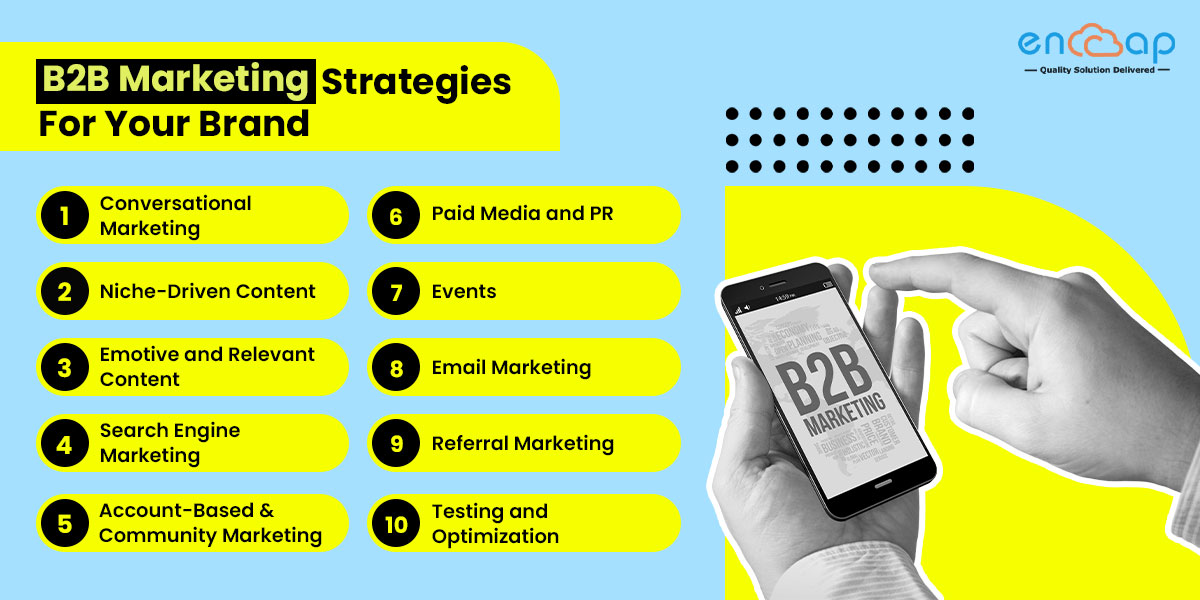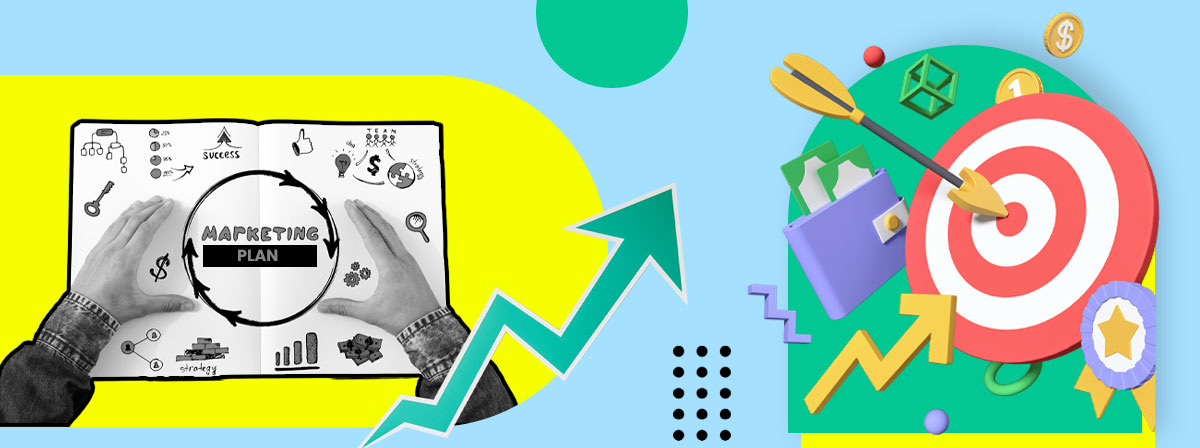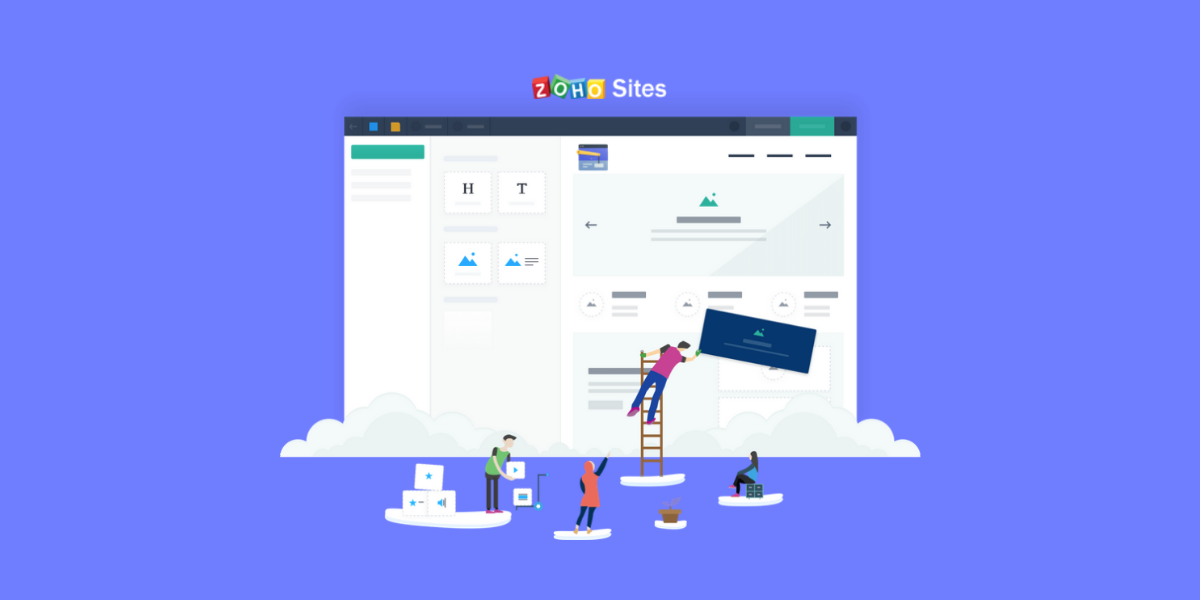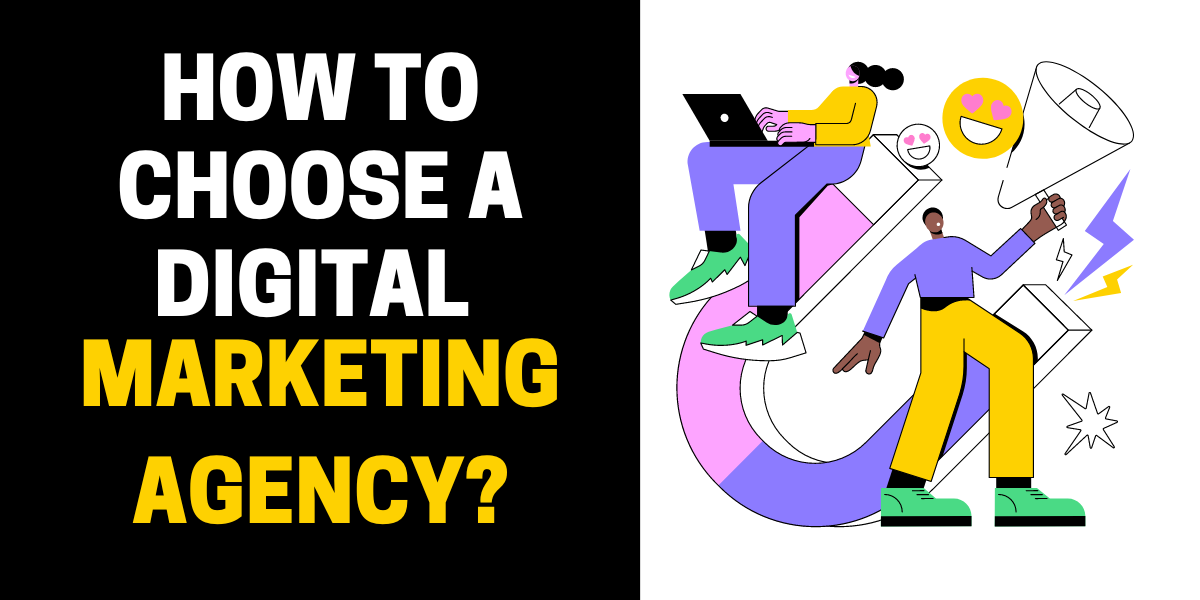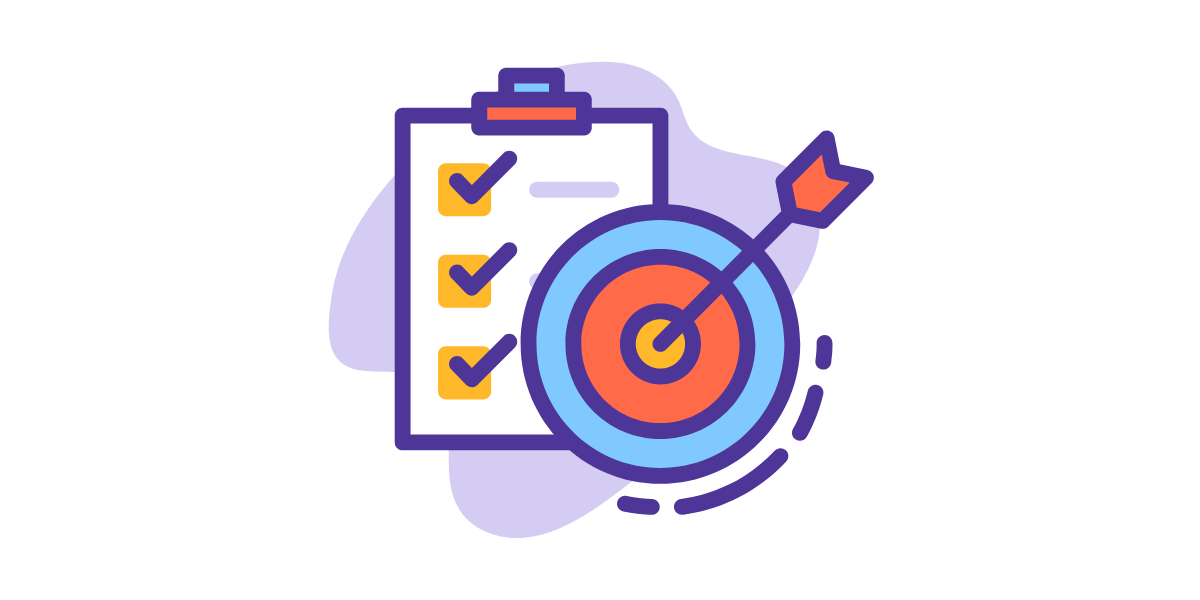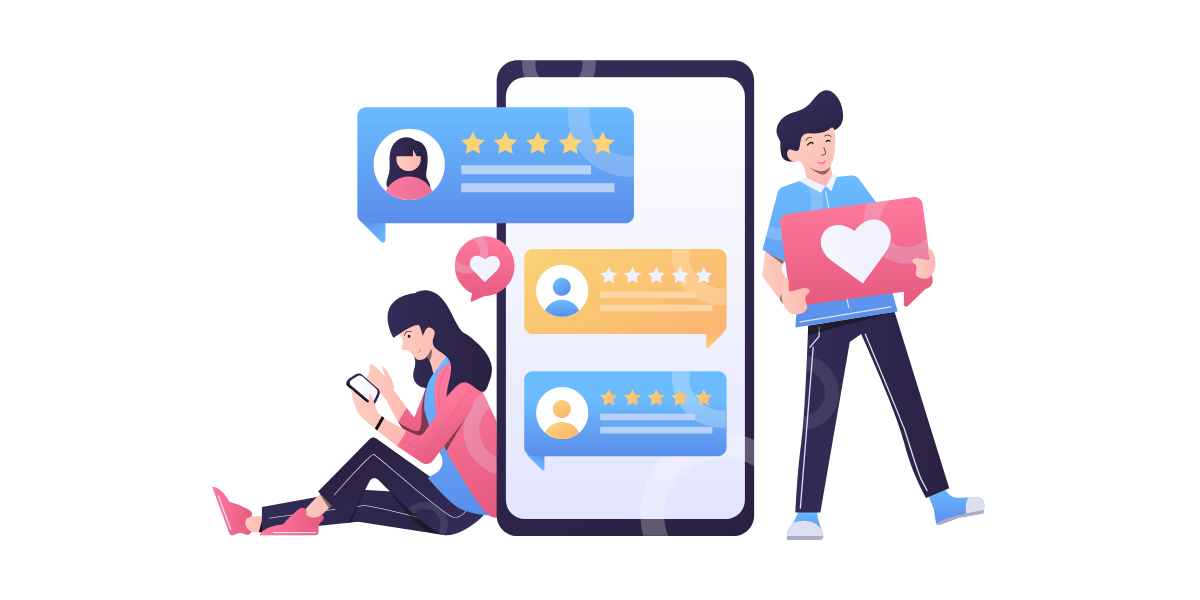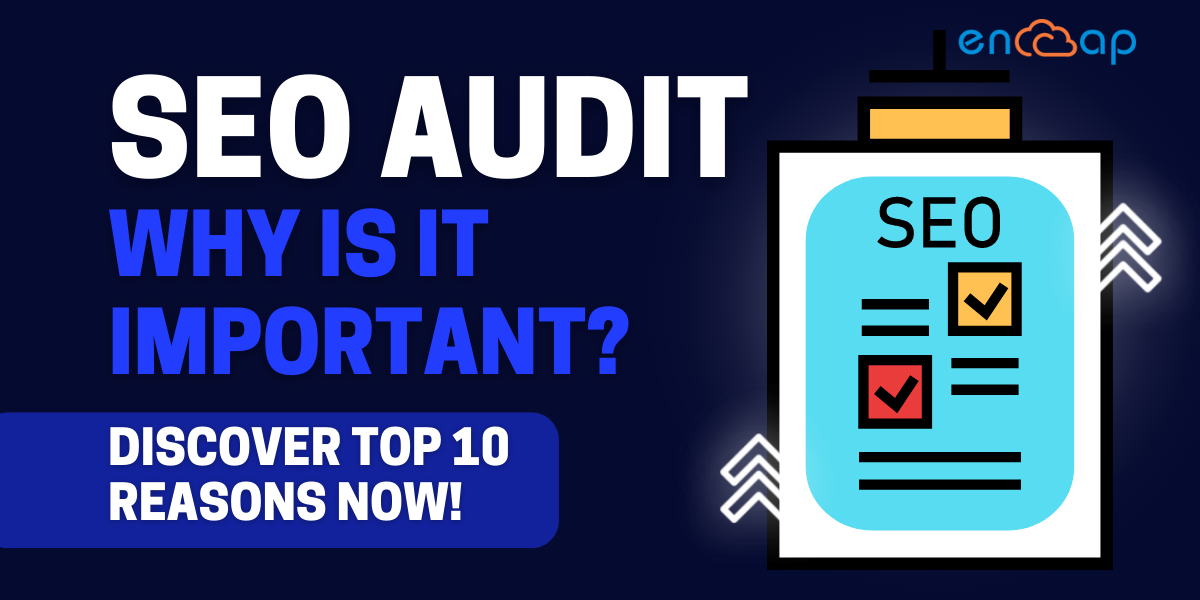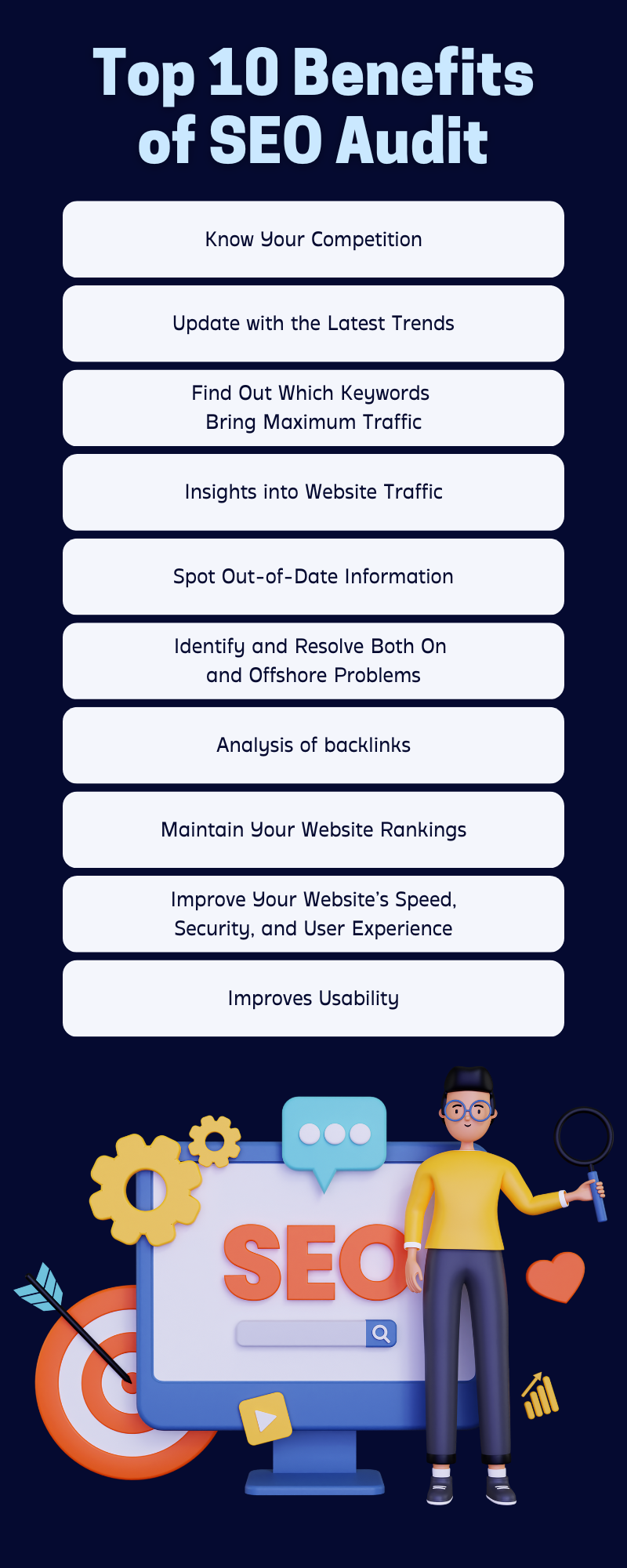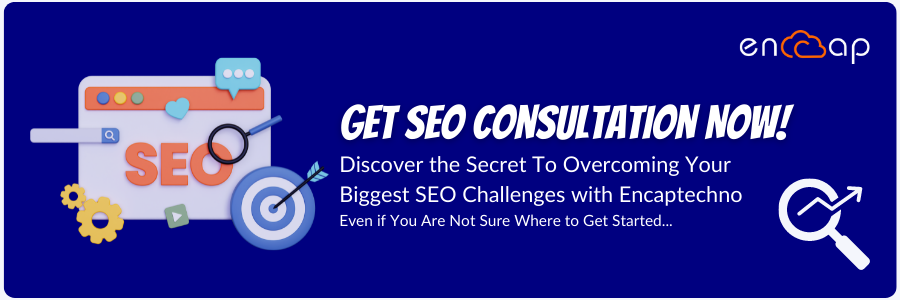8 Ways to Upskill Your Digital Marketing Team
The present world is governed by digitization. All potential customers spend a decent amount of their time on their screens on an everyday basis. As a result, the growth of online buyers goes up each year and millions of buyers purchase products online as the numbers keep growing consistently.

Online marketing is here to stay and for years to come. Hence, it is time to acquire new online marketing skills for boosting e-commerce growth. To enhance the online marketing team’s efficiency, it is important to focus on upskilling the team players for ensuring innovation and proficiency while keeping up with clients and projects.
To upskill your digital marketing team, you should have more clarity on the trends of digital marketing and also the best methods required to keep digital marketing afloat and thriving. Keep reading to know more about how you can help your teams and also stay competitive at the same time.
What is Upskilling?
Upskilling is essentially the effort that enables teams to acquire new skills in a specific field. As a Project Manager, it is your responsibility to encourage your team players to keep working toward their professional and personal development.
Obviously, this does not mean that your team members are not capable themselves but you can encourage them to walk that extra mile for delivering projects on time. What you have to understand is that your team members need that extra push from time to time for acquiring new knowledge and skills while giving you a fresh outlook every time.
You can increase your chances of accomplishing tasks more creatively, innovatively, and with much higher proficiency. In addition, it is important to ensure that the teammates also keep track of time with the latest market trends for bringing more excitement and positive collaborations at the workplace.
To put this another way, upskilling is an extremely effective workplace trend in the present world’s dynamic work culture. It is aimed at facilitating continuous learning through different development opportunities and training programs conducted either internally or externally. It helps in filling the skill gaps and allows players to find their strengths and weaknesses.
Let us now look at some of the trends you should consider for upskilling your team when it comes to online marketing.
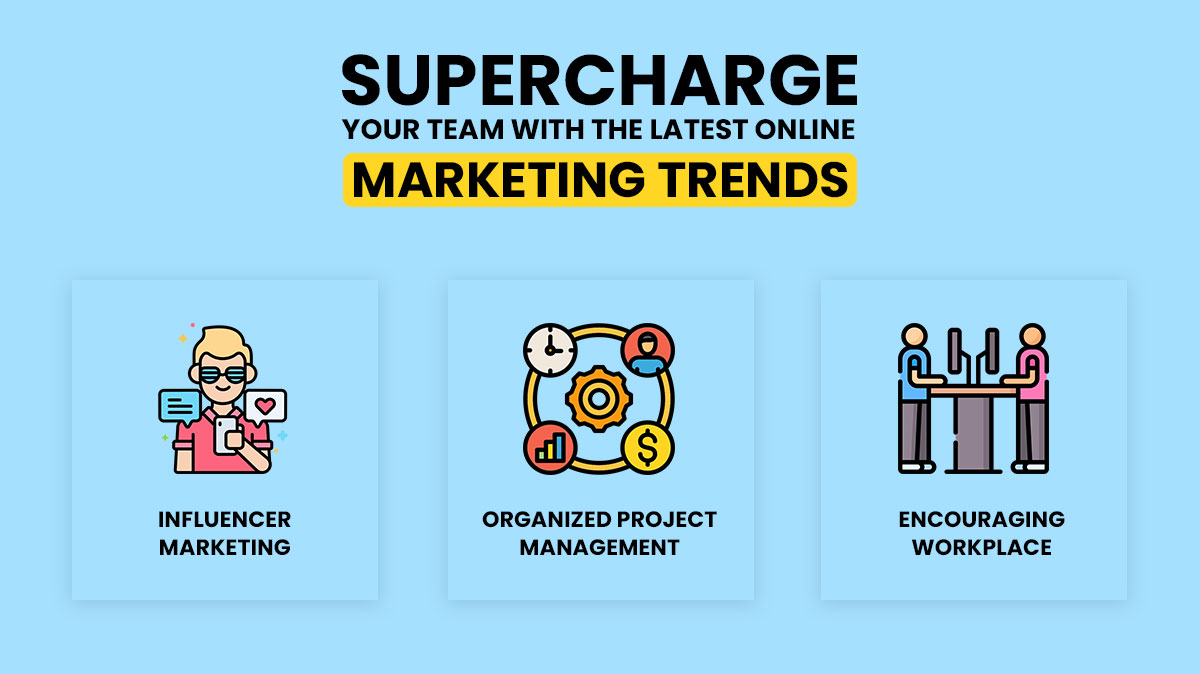
1. Influencer Marketing
Social media has increased in popularity more than any other medium in the past few days. Influencer marketing is an effective medium in the present world of eCommerce marketing world. Prominent influencers with a good target base and market standing can boost a business tremendously. Hence, your teams must learn how to approach and work with the new-age digital influencers.
2. Organized Project Management
The projects have become much more organized with new task management tools and applications. You can offer training sessions to your teams and ensure that they use the task organization and project management tools for much better efficiency.
3. Encouraging Workplace
Very often, workplace expectations keep changing in modern times where most employees are only interested in developing their careers and adding more value to their professional lives. You can make your team members considerably valuable by offering them online marketing training programs.
In the present digital transformation world, it has become absolutely important to upskill your digital marketing team while planning and implementing a competitive marketing strategy that can help you stay ahead of your competitors.
You can upskill your employer base by enabling them to improve their ethics, approaches, and fluency. In addition, you can also learn about the importance of working together as a team with effective collaborations. The upskilling programs help in improving a team’s productivity, boosting employee performance, increasing employee retention rate, and helping team players learn their strengths.
Methods to Upskill Your Digital Marketing Team
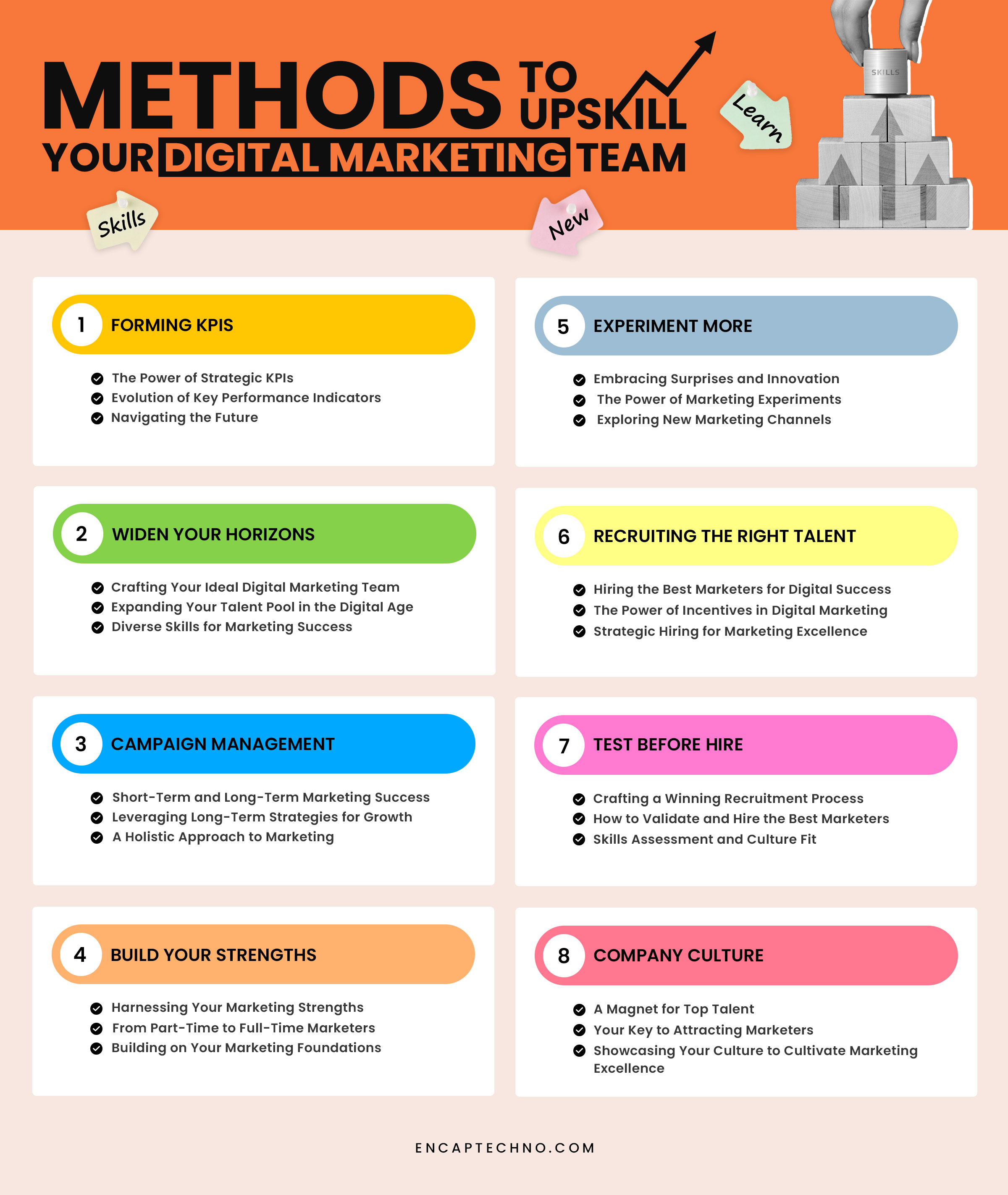
1. Forming KPIs
It is absolutely essential to establish the right KPIs as technology allows companies to track data regardless of whether they are interested in finding more about click rates, bounce rates, or customer lifetime value.
In case you are serious about improving your marketing team then it may be the right time to start thinking about new ways that can contribute to your future success. If your company is offering a free trial but you are not able to convert website visitors then it might be the right time to take a better look at your landing page or feature unique benefits prominently.
It may also be the time for your business to begin looking at important KPIs while you scale. You can establish many critical KPIs and also focus on improving them if you seriously want to build your marketing team. In addition, you can establish new KPI time frames including moving from one way of doing things to another way.
You can also contemplate the kind of KPIs that may be outdated. The KPIs must be replaced with improved ones that can measure marketing success because once they are established you can focus on improving them.
This is a consistently developing process as some KPIs might prove to be way more important in the future as compared to others. Suitable changes can be made accordingly for achieving desired results.
2. Widen Your Horizons
There are many digital marketers but you must be clear about the kind of professionals you want to hire. Think about the personality traits in addition to the skills that you may be looking for in a professional and do not be limited to hiring these professionals outside of your city, state, or even country.
The remote working boon of some years has managed to allow marketers to work from home while travelling while opening up employee pools for companies that are willing to hire remote working staff.
Organizations of all kinds and sizes are already in a place to hire more remote workers from all over the world. Many companies might also consider hiring individuals that are different from typical marketers for adding to a marketing team.
A journalist or a media professional might just be able to land your organization in a high-profile publication. In a similar way, someone who may be interested in design may also be able to contribute to an overall marketing strategy.
3. Campaign Management
All organizations have to consider short-term and long-term marketing campaigns. The short-term marketing campaign may involve things such as good blogs and current events and trends.
On the other hand, long-term marketing campaigns may be good for content strategy and improve SEO rankings in the coming time. A company should be able to balance all kinds of campaigns to become more successful.
Many businesses can take action for increasing traffic by involving influencers to endorse their business or a post about a company that eventually ends up doing well on the internet. The focus should be on long-term strategies to offer a foundation for more leads and revenue in the future.
Ideally, short-term marketing campaigns should create sufficient cash flow for funding long-term campaigns. Long-term campaigns can be important for building a brand and it can be great to spend time on a good marketing strategy but also provide a solid base for future revenue.
4. Build Your Strengths
A business may have a good amount of information about what it is doing well and what is not. For instance, data may suggest that a landing page is sending a clear message about a product or a service. There might also be some blog content that can perform well when it comes to explaining benefits.
In case you know what is working then it is important to double on that strength. In case you have taken a decision to hire a content marketer and see that there is more return on investment than you had assumed then you can think of a plan that can work about ramping up the campaign.
On the other hand, if you have hired a marketer part-time then it might be the time for you to offer a full-time position to them. It can be worthwhile to hire more marketers if this approach works well for you. If you have always had substantial website traffic and email marketing then you can build on this and ensure that the numbers improve.
The best part of building on your strengths is that it can take lesser time and effort because the efforts work well and the team can focus on changing and optimizing the plan. In case it is working then it makes sense to commit completely to the overall marketing strategy.
5. Experiment More
There is no specific rule book for marketing. In fact, there can be many surprising trends that can actually end up surprising marketers globally. A key to marketing is to try new things while also remaining loyal to your brand.
Make sure that your digital marketing team is never afraid to try more experimental campaigns that can end up offering insight even when they are not as successful. Most marketing experiments can create data that tell you specific things about customers that you do not realize.
You may just figure out why a brand is perceived a specific way or even find that a target customer has a different persona than you initially thought. Sometimes you can also discover more about new marketing channels that your customers prefer that can help in informing a future ad campaign.
Sometimes you may discover that one social media platform is much better than a marketing channel for your company or a podcast may end up generating many leads in the future. You can actually devote a specific percentage of your budget to experimentation so that the results can lead to better marketing decisions.
Successful marketing campaigns involve considerable work and a good risk as well. Hence, the digital marketing team must be working on new ideas and testing concepts to figure out what can be improved, why it works, and how it applies.
6. Recruiting the Right Talent
In case you are interested in taking digital marketing seriously then you cannot just hire anybody. It actually takes some time, effort, and money to find good teams. Excellent results are only possible when you hire the best marketers.
You must be focused on going out of your way to provide the best incentives to people because that will help attract the best talent. In case your team is not contributing properly then it may be time for you to think about posting then you can start posting specific job roles for marketers.
7. Test Before Hire
If you want to hire the best digital marketing team then you should also have the right hiring and recruiting process. This may include many interviews for finding if the staff fits in your company culture while also reviewing the portfolio and asking for proof that the marketing ideas lead to cash flow.
Furthermore, it is also necessary to ensure that the candidates are qualified just as they say they are. You can test their skills to make sure that they completely understand the importance of taking the right decisions when it comes to marketing campaigns. This helps in offering peace of mind and technical skills required for growth.
8. Company Culture
A fact about the modern job market is that multiple candidates are attracted to companies only because of the company culture that they offer. Some organizations can attract the best talent because they stand by specific reasons like diversity, transparency, and sustainability.
Your business must go out of its way to make sure that it helps companies build a culture that attracts the best marketers. The website can clarify your company culture too because it enables you to feature content that elaborates on company beliefs and principles. You can feature specific positions and optimize the application process for convenience.
Related Read: A Detailed Guide to Marketing Automation
Conclusion
Upskilling your digital marketing team can benefit your business and also give your employees the message that you genuinely care for them. You can focus on self-growth and development while finding innovative ways to grow and succeed in the coming years. Hence, it is best to invest in employee training and upskilling your team. Get in touch with us to discover how we can support your team’s journey towards excellence in the dynamic digital landscape.
8 Ways to Upskill Your Digital Marketing Team Read More »
Digital Marketing
